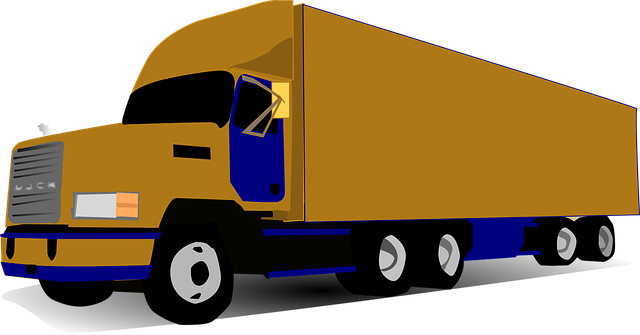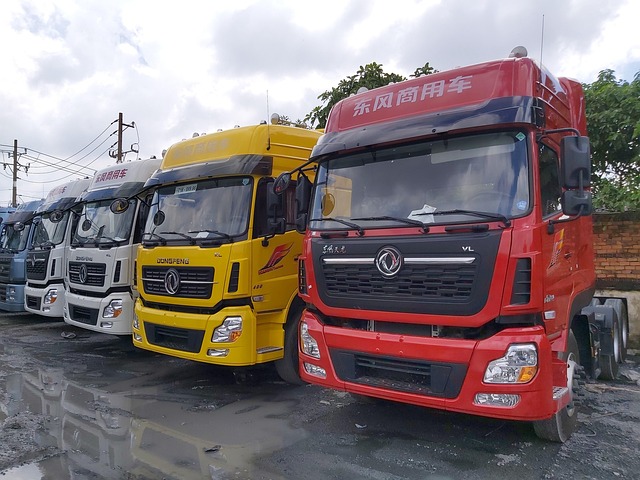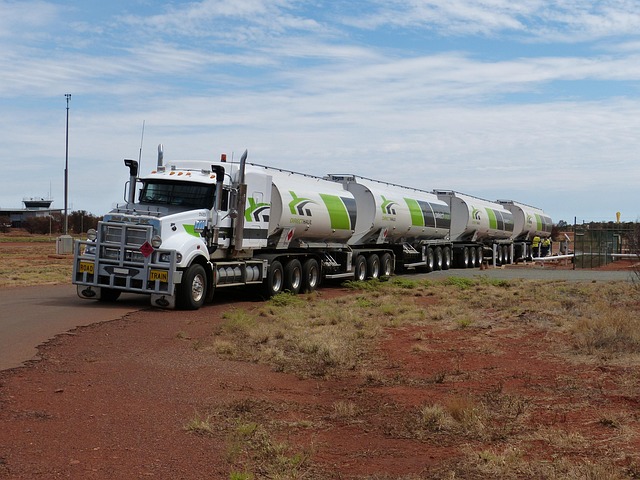Register Car California: VIN Verifier Step-by-Step Guide
Looking to register your car in California? This comprehensive guide walks you through every step, from understanding key requirements to choosing the right registration method. Gather essential docum…….

Looking to register your car in California? This comprehensive guide walks you through every step, from understanding key requirements to choosing the right registration method. Gather essential documents, learn how to verify your Vehicle Identification Number (VIN) using a reliable VIN verifier, and complete the process seamlessly. By following these steps, you’ll ensure a smooth and efficient car registration experience in California.
- Understand California Car Registration Requirements
- Gather Necessary Documents for Vehicle Registration
- How to Verify Vehicle Identification Number (VIN)
- Choose an Appropriate Registration Method in California
- Submit Application and Complete Registration Process
Understand California Car Registration Requirements

Before registering your car in California, it’s crucial to understand the state’s specific requirements. One key step is ensuring your vehicle has a valid Vehicle Identification Number (VIN) verification. This process, often facilitated through a mobile VIN inspection or verification service, checks the authenticity of your car’s identifying number against manufacturer records. In California, this is typically done to prevent the registration of stolen vehicles or those with altered histories.
Additionally, you’ll need to meet certain criteria related to vehicle age, emissions standards, and safety features. It’s recommended to check with the California Department of Motor Vehicles (DMV) for up-to-date information, as requirements can change. Properly completing these checks ensures a smooth car registration process, saving you time and potential hassle down the road.
Gather Necessary Documents for Vehicle Registration

Before you start the registration process, make sure you have all the essential documents in order. In California, registering your vehicle involves providing specific information and proof of ownership. Begin by acquiring the Vehicle Identification Number (VIN) from your car, which is a unique code that can be found on the vehicle’s license plate or in its manual. A mobile VIN verifier can assist in this step by quickly and easily retrieving the VIN details through a simple app-based scan.
Additionally, gather other necessary paperwork such as proof of insurance, a valid driver’s license, and any previous registration records. The vin inspection process is a crucial part of ensuring your vehicle meets safety standards, so have these documents ready to streamline the registration experience.
How to Verify Vehicle Identification Number (VIN)

Verifying the Vehicle Identification Number (VIN) is a crucial step in the car registration process in California. It’s an essential part of ensuring that your vehicle is safe and legal to drive. There are several ways to check your VIN, but for convenience, many opt for a mobile VIN verification service. These services allow you to use your smartphone or tablet to quickly and easily validate the VIN by comparing it against data from manufacturers and national databases.
A mobile VIN verifier app typically asks you to input your VIN manually or scan it using your device’s camera. Once entered, the app performs a comprehensive vin inspection, cross-referencing it with information like vehicle make, model, year, and trim level. This not only confirms the authenticity of your car but also provides details about its history, including any accidents, recalls, or outstanding issues. Ensure that the service you choose is reliable and trusted to deliver accurate results.
Choose an Appropriate Registration Method in California

In California, there are several methods to register your car, each with its own advantages. The first step is to gather essential documents, including your vehicle’s registration from the previous state, a valid driver’s license, proof of insurance, and a completed Application for Title and Registration (Form DVF 140). Once you have these, you can choose between visiting a California Department of Motor Vehicles (DMV) office or utilizing their online services.
For convenience, many opt for a mobile VIN verifier or conduct a VIN inspection remotely. This digital process involves using your vehicle’s unique Vehicle Identification Number (VIN) to verify its history and ensure it meets safety standards. It’s especially useful when purchasing a used car, as it can help detect potential issues or hidden costs. With California’s diverse registration options, you can select the most suitable method based on your preferences and circumstances.
Submit Application and Complete Registration Process

After ensuring your vehicle meets all requirements and obtaining necessary documents, it’s time to submit your application for registration. The California Department of Motor Vehicles (DMV) offers several methods to register a car, including an online process and in-person visits. If you prefer a more convenient approach, consider using a vin inspection service provided by mobile verifiers. These professionals conduct a mobile vin verification at your location, making the initial steps seamless and efficient.
During the registration process, expect to fill out application forms, present valid identification documents, and provide proof of insurance. Additionally, you’ll need to pass an emission test (if applicable) and pay the required registration fees. Once all paperwork is in order, the DMV will issue your vehicle’s registration certificate, making it legally registered for road use in California. Always refer to the official DMV guidelines for up-to-date information regarding specific requirements and procedures.
Registering a car in California involves understanding key requirements, gathering essential documents, and choosing the right registration method. By verifying your Vehicle Identification Number (VIN) using a reliable VIN verifier, you ensure accuracy and streamline the process. Once ready, submit your application to complete the registration, making sure your vehicle is legally compliant on California roads.







